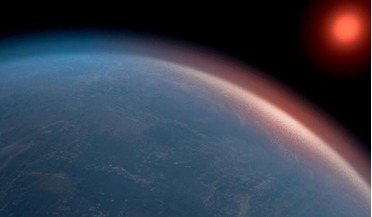 06 April 2020
Planets can form second atmospheres rich in CO, new study shows
06 April 2020
Planets can form second atmospheres rich in CO, new study shows
... today. Furthermore, a late gas accretion scenario is a more favourable and efficient method for accreting volatiles on a terrestrial planet than if it was bombarded my comets and meteorites, say the team - a situation that many think was responsible...
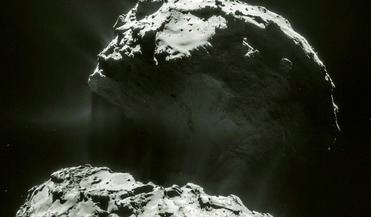 January 2020
Small body missions unveil interplanetary secrets
January 2020
Small body missions unveil interplanetary secrets
...has stopped this belt of primitive bodies from forming a terrestrial planet. The Kuiper Belt is 20 times as wide and...missions have given us great insight into the formation processes of terrestrial samples. We now know that the Kuiper Belt is 20 times...
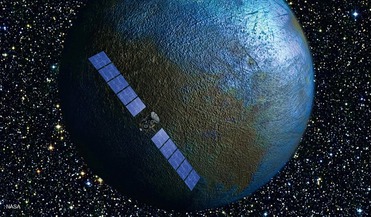 March 2015
Dawn of ion propulsion
March 2015
Dawn of ion propulsion
.... Spending 14 months exploring the world, it revealed a fascinating, complex, alien place more akin to Earth and other terrestrial planets than to typical asteroids. Now it is again sailing on the celestial seas and in March, it will be at its new...
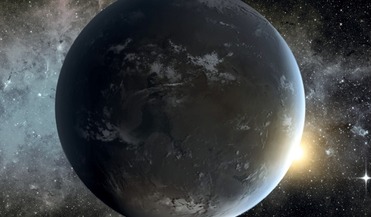 October 2019
Are we prepared for SETI discovery?
October 2019
Are we prepared for SETI discovery?
... deep under the surface of the Earth. Once it was realised that there are exoplanets quite similar to terrestrial planets all over the Milky Way galaxy, astrobiology started to develop methods to discover effects connected with extraterrestrial...
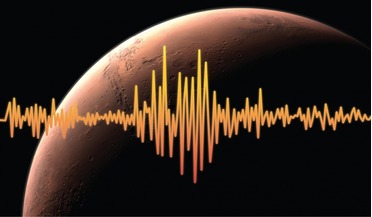 August 2018
Measuring the pulse of Mars
August 2018
Measuring the pulse of Mars
... of the formation of rocky bodies in the solar system - how they form and differentiate, and evolve into terrestrial planets. MarCO’s moment of glory will be short-lived though as NASA and JPL have scheduled the official end...
 January 2021
Evolution of volatiles on the Moon
January 2021
Evolution of volatiles on the Moon
...at the centre and progressively lighter materials out towards the surface - starts at about 400 or 500 km in diameter. Terrestrial planets are quickly created from the accretion of protoplanets creating an epoch of giant impacts, which may have blown...